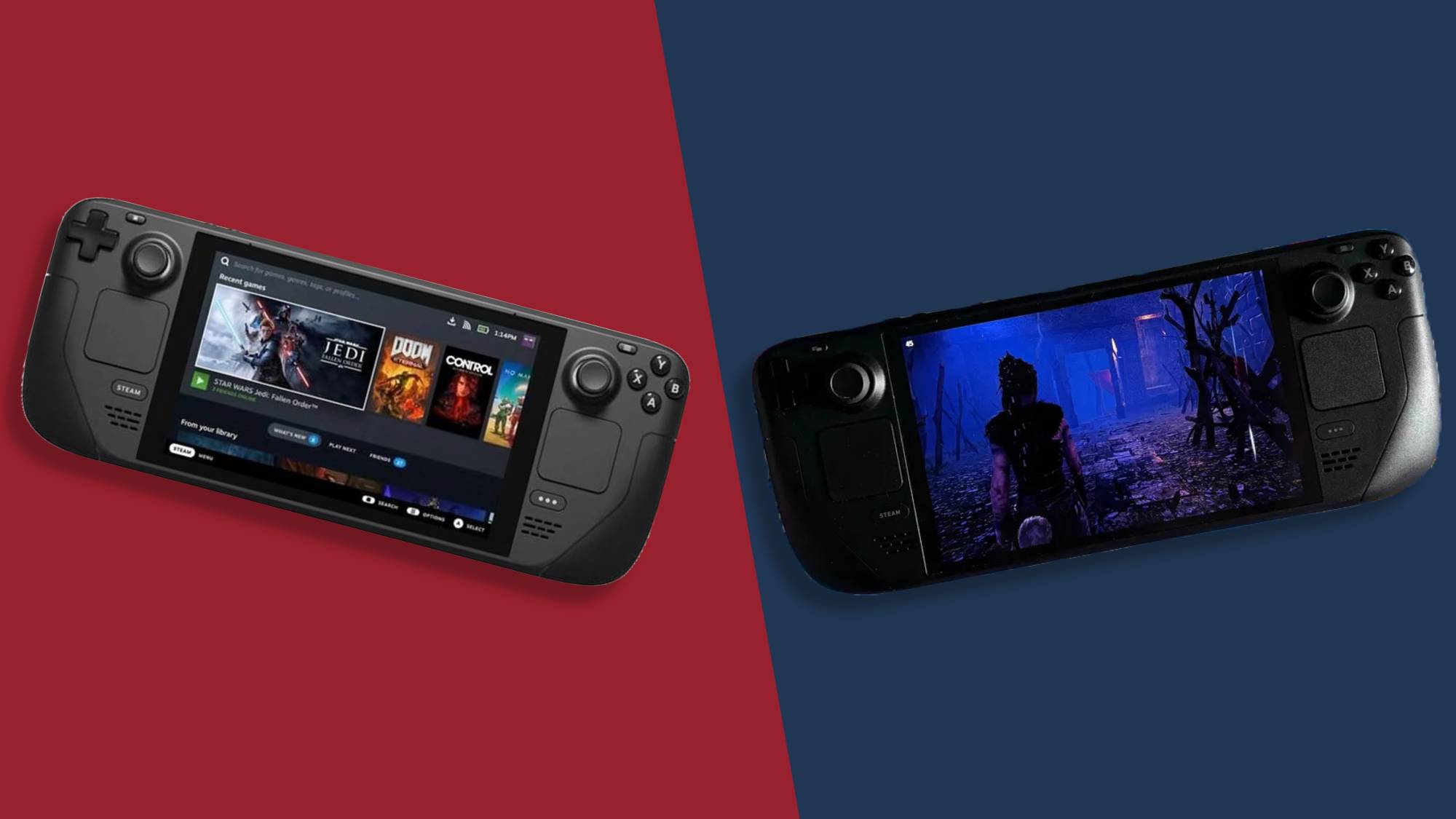
Valve's upgraded Steam Deck boasts a vivid OLED display, high-quality design and build, and is competitively priced - but may be a bit too big to be easily portable.
For
- Fantastic overall design
- Top quality build
- Bright OLED display
- Huge game library
- Reasonably priced, especially on sale
Against
- Battery life is improved, but not enough
- Some ‘Deck Verified’ games run badly
- Still very large
The original Steam Deck performs well and boasts a huge library of games, but is held back by its short battery life and slow load times.
For
- Well constructed
- Solid performance
- Equally large library of games
- Very innovative
Against
- Underwhelming load times
- Mediocre battery life
- Some software quirks
Valve's innovative handheld, the Steam Deck, was hugely popular at launch - and it's no surprise. The Steam Deck bridges the gap between PC and handheld gaming, allowing you to play your Steam library on the go.
The Steam Deck isn't perfect, however, so it was welcome news when Valve released the Steam Deck OLED, an upgraded version of the handheld gaming PC that adds an OLED screen and promises better battery life and performance. But is the Steam Deck OLED worth buying over the original model?
We've put the Steam Deck and the Steam Deck OLED through their paces, and we're here to tell you the key similarities and differences between them so you can decide which is worth your hard-earned cash.
Once you decide which to get, make sure you fill your Steam library with the best PC games and best Steam games.
Steam Deck OLED vs Steam Deck: Price and Value
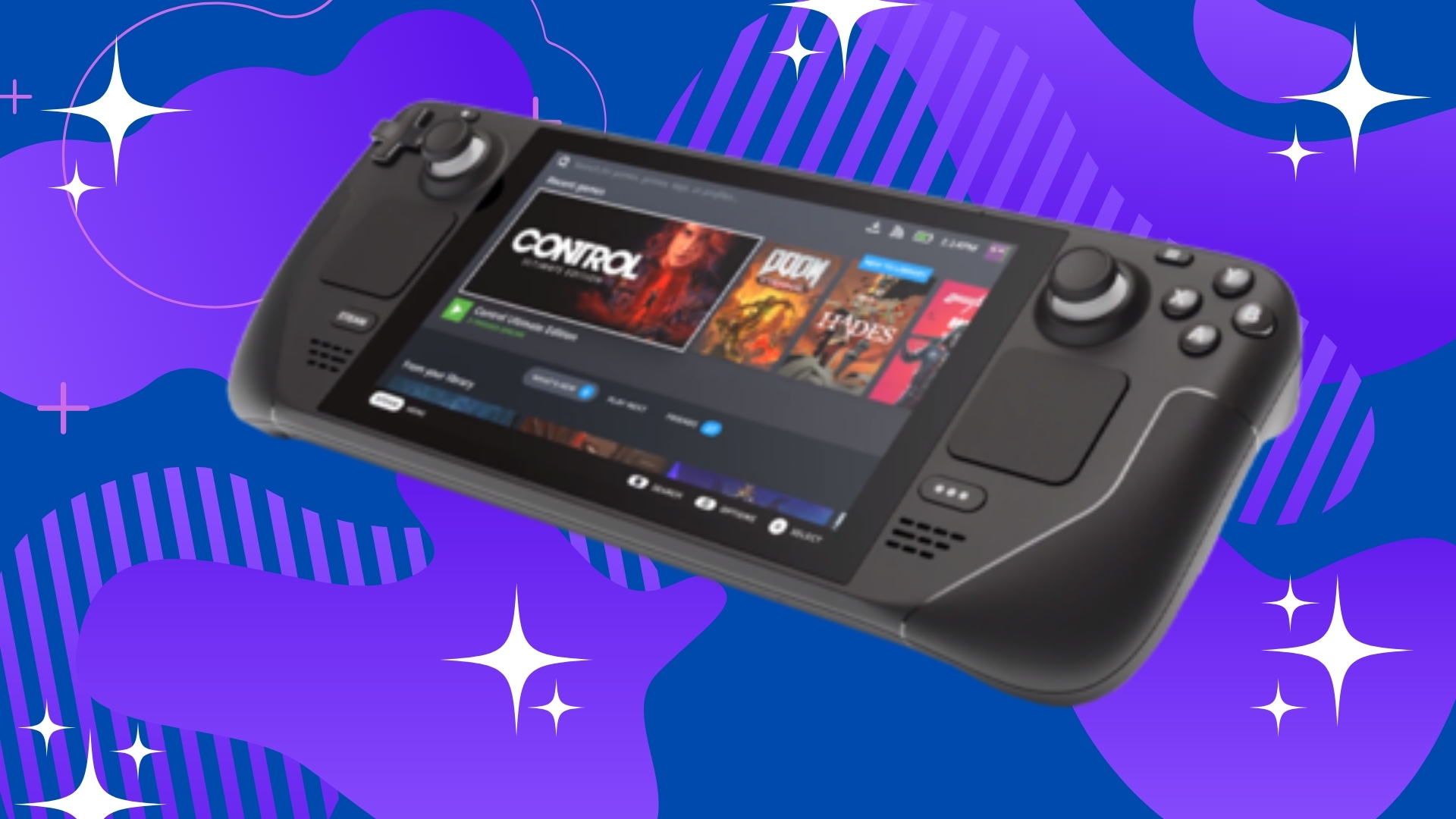
You can buy the Steam Deck and Steam Deck OLED directly from the Valve via the Steam Store. Fortunately, while stock was hard to get when both first launched, it's now much easier, with Valve estimating delivery in three to five days.
At the time of writing, there's only one Steam Deck model available: the 256GB LCD version. This model costs $399 / £349 / AU$649 and comes with a carry bundle and a Steam profile bundle.
Unsurprisingly, the Steam Deck OLED is more expensive, but there are two models available. The 512GB Steam Deck OLED is priced at $549 / £479.00 / AU$899 and comes with a carry case and Steam profile bundle, like the LCD model. If you want more storage and don't mind spending a bit more, you can get the 1TB Steam Deck OLED for $649 / £569 / AU$1049, which comes with a Steam profile bundle, exclusive startup movie, keyboard theme, and a carry case with a removable liner.
The 512GB OLED model is just over $100 more than the LCD model but offers twice the storage and several other improvements highlighted below. As such, it's worth considering spending that extra cash to get the latest model if you can afford it, especially if you have a chunky Steam library. In my opinion, if you plan to pick up an OLED, the 512GB model is the best option unless you plan to make use of that 1TB of space.
While these handhelds are still pricey, they're good value when you consider gaming PCs are easily over $1000 - and you can't take them on the go.
Steam Deck OLED vs Steam Deck: Specs

Here is the full list of specs for the Steam Deck and the Steam Deck OLED.
Steam Deck OLED vs Steam Deck: Design
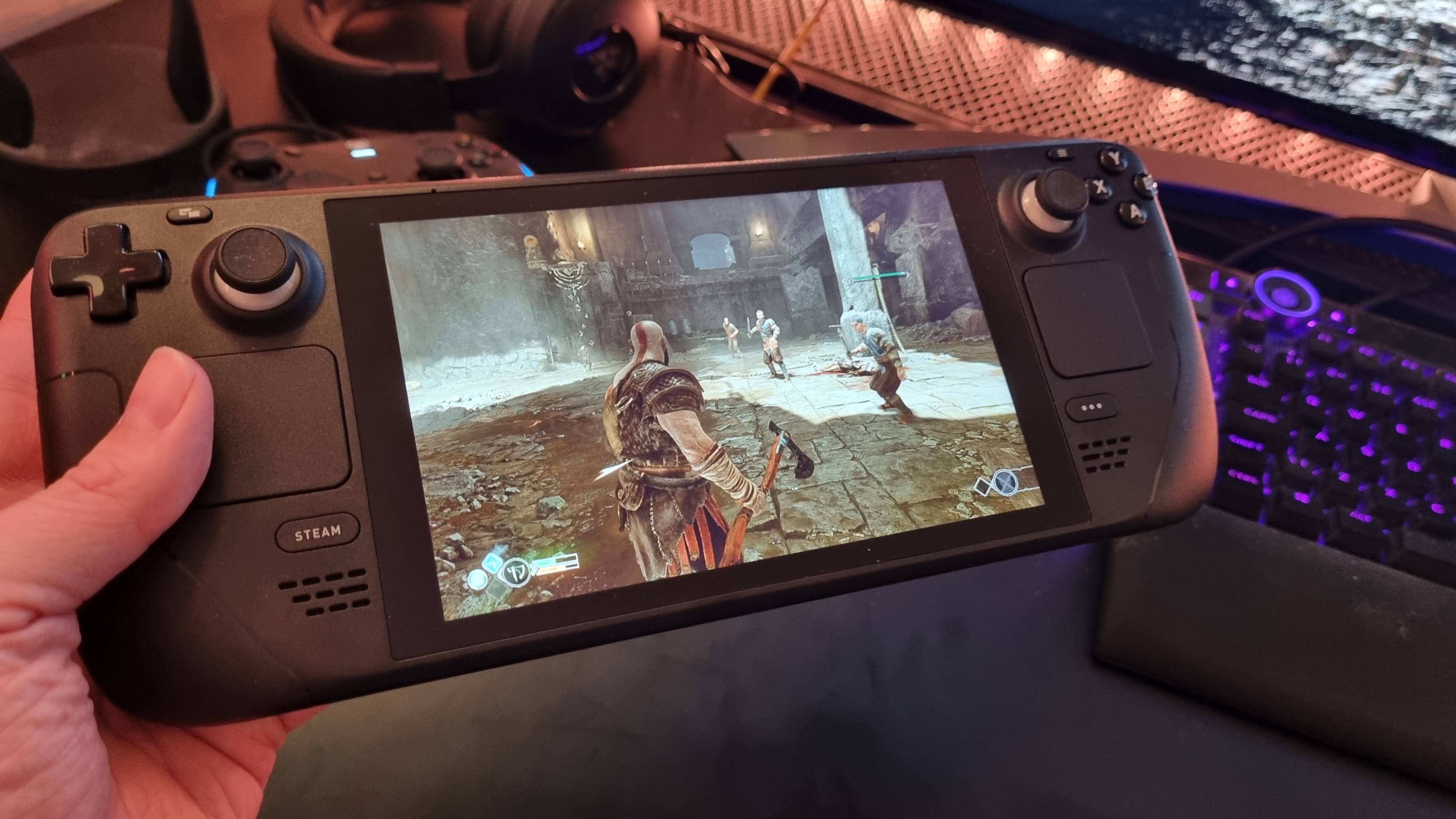
There aren't many major differences between the design of the Steam Deck and the Steam Deck OLED. The biggest is, of course, that the OLED has a 7-inch OLED screen, while the Steam Deck has a 7-inch LCD screen. This means the OLED offers more vivid visuals with brighter contrast and richer color than the Steam Deck. During testing, we found the difference between the two to be noticeable.
This screen doesn't make the Steam Deck OLED larger than the Steam Deck, though. The two have the same dimensions, and the OLED is actually slightly lighter than the Steam Deck. It's worth noting, however, that the size of both models means they aren't as portable as the Nintendo Switch, for example.
The two models also have the same overall form factor and sleek black colorway, though there are some minor differences in the OLED's design, such as an orange power button instead of a black one.
Regardless of which model you go for, both boast a high-quality build and great design.
Steam Deck OLED vs Steam Deck: Performance
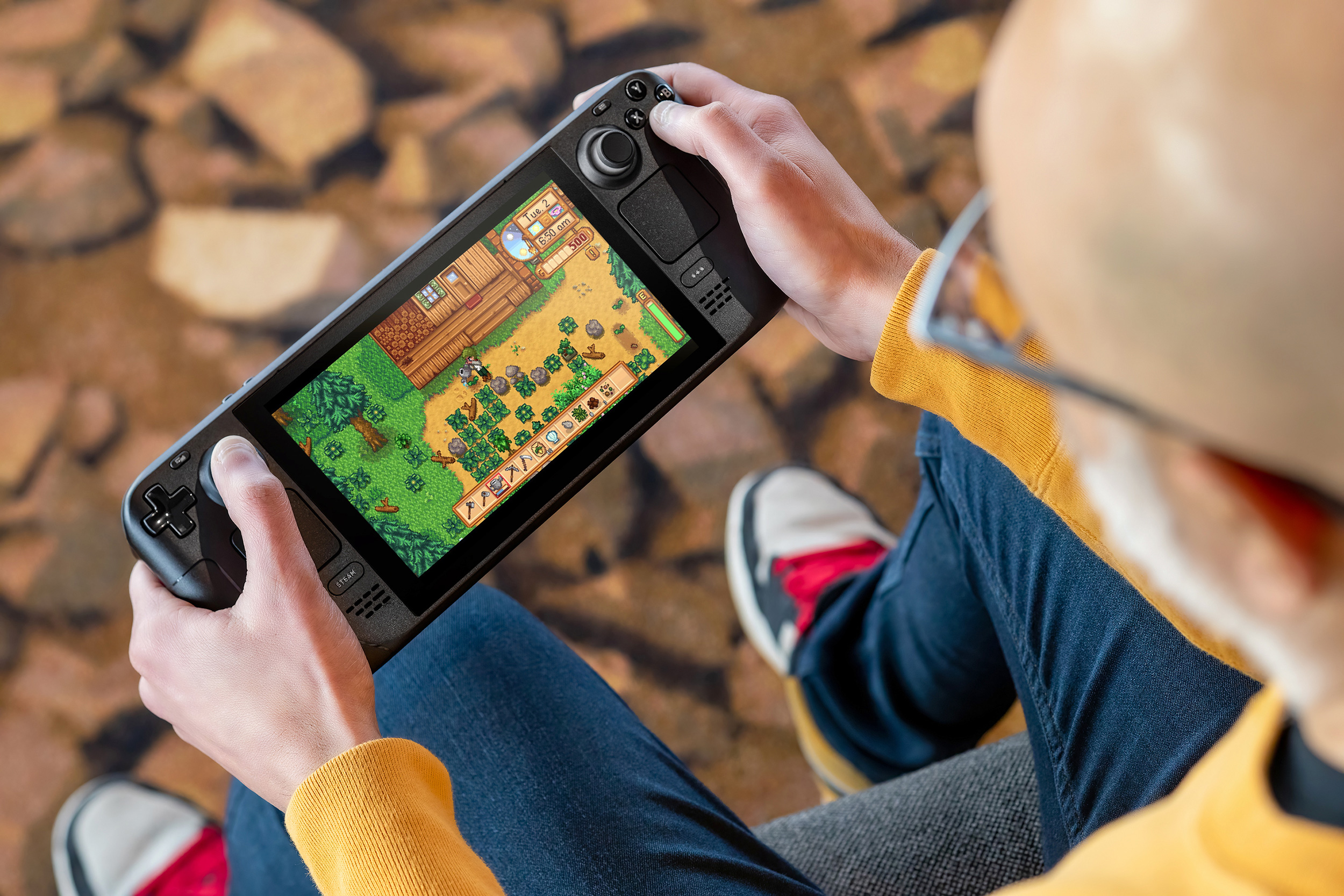
This is where the differences between the Steam Deck OLED and the Steam Deck become more apparent.
Firstly, there's the storage capacity. The Steam Deck LCD currently only comes in a 256GB model, while the OLED is available in 512GB or 1TB. This means the OLED can store more than two to three times more games than the Steam Deck, and you can fit several sizeable games on your handheld before you need to make room.
In addition, the slight improvement in memory means the OLED should run a bit faster than its predecessor, while improved WiFi and Bluetooth make connectivity more efficient.
Then there's the screen itself. In addition to more vivid visuals, the OLED's screen refresh rate is up to 90Hz, as opposed to the 60Hz of the Steam Deck. This means your games are more likely to perform well and your frame rate to remain steady, but don't expect flawless performance with either device. During testing, we found several "Deck Verified" titles still struggled on the Steam Deck OLED.
Perhaps the most welcome difference between the Steam Deck OLED and the Steam Deck, though, is the increased battery life of the OLED. The Steam Deck's battery life has always been contentious, as it only allows for two to eight hours of play. The Steam Deck OLED, on the other hand, allows for three to 12 hours.
If performance and battery life are important factors for you when choosing a handheld, the Steam Deck OLED is definitely the better machine. While the Steam Deck is reliable, the OLED addresses some of its issues - just don't expect perfection.
Steam Deck OLED vs Steam Deck: Verdict
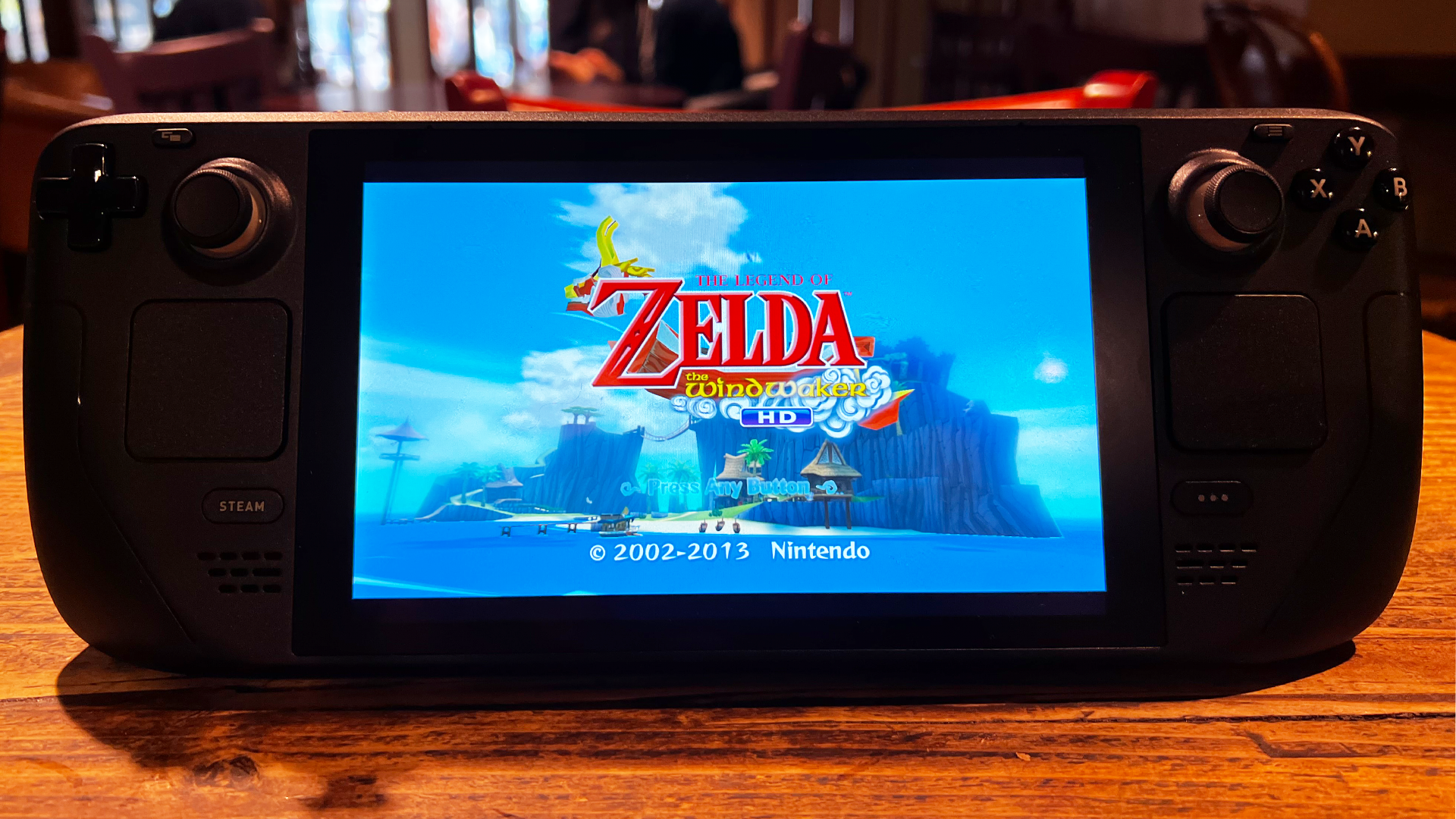
The Steam Deck OLED is the definitive Steam Deck model, offering improved visuals and performance alongside a longer-life battery. While the Steam Deck is a solid handheld if you're on a tighter budget, the OLED is better for future-proofing, especially as games become increasingly demanding on hardware.
Just be aware that both models can struggle with certain games and aren't the easiest to take with you on the go. If these are deal-breaking factors for you, you can find great alternatives on our list of the best handheld gaming consoles.







